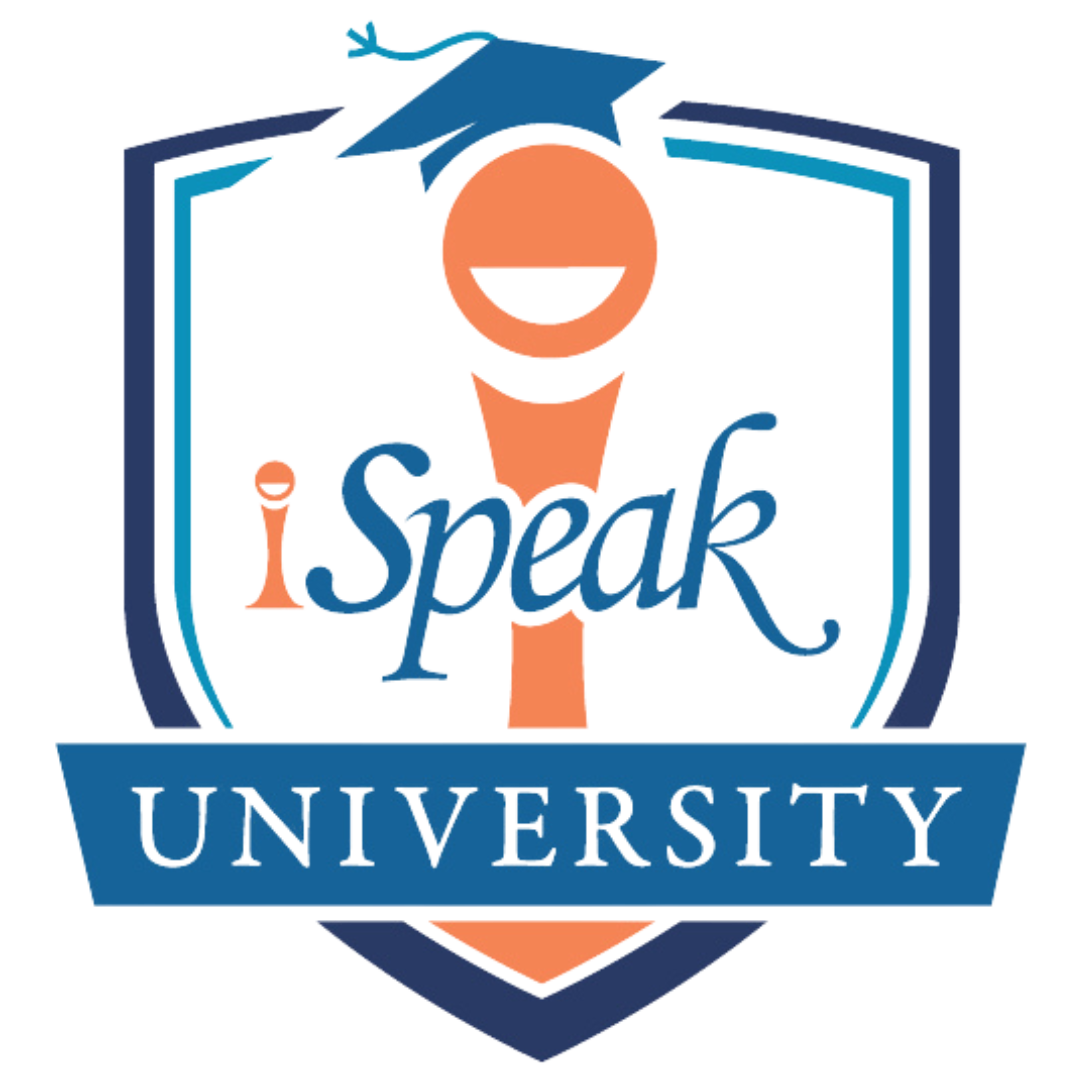Two Secrets Leaders Use to Communicate Confidence
Jun 30
Everyone looked at him and waited to hear his response. All nine people in the conference room had their attention fixed on one person. After a brief but dramatic pause, he began to speak with a calm voice and a solid solution. The rest of the group seemed transfixed as they listened. It was hard to tell what the group loved more, the actual solution or the way he presented it. Together, they were a home run.
It’s not every day you hear responses that leave a group speechless, but when it does happen, you’ve got to admire it! That day I was definitely an admirer. I admired his response so much that I couldn’t stop thinking about it. It wasn’t the actual solution I was thinking about, it was the way it was delivered. I wanted to decode what the manager had done to knock it out of the park like that… and then I found it.
It’s not every day you hear responses that leave a group speechless, but when it does happen, you’ve got to admire it! That day I was definitely an admirer. I admired his response so much that I couldn’t stop thinking about it. It wasn’t the actual solution I was thinking about, it was the way it was delivered. I wanted to decode what the manager had done to knock it out of the park like that… and then I found it.
He had done two things very well that day. When you need to think on your feet and present to persuade, you’ve got to be able to deliver in these two areas:
- Your proposed solution (your content) needs to make sense.
- Your delivery needs to instill confidence in others.
How can you do both of these?
I’ll give you two response models you can use. At iSpeak we call these “Quick-Start Models” for responding to questions or creating presentations with little time to prepare. We call it Spontaneous Presentations.
Situation – Action – Results
The first model is called SAR or Situation – Action – Results. This is the model our hero used in the conference room that day. He started by giving his evaluation of the situation they were looking at today along with the obvious and not so obvious dilemma it causes. Then he offered two paths of action moving forward. As he proposed each alternative, he provided his expectations of the results they would most likely see from each chosen path. “Based on the way I see it, we need to be looking at option A as our first choice.”
Here is an example from one of our instructors, Bill Kreiger. He demonstrates how you can use the SAR model to provide an update on a project.
Write your awesome label here.
What? – Why? – How?
A second method you can use is called What – Why – How. This method simply answers these three questions for the audience. It can be used in many different settings. Sometimes you see someone using it to review something that happened in the past. Here is WHAT happened, this is WHY it happened, here is HOW we will prevent it from happening again.
I’ve also seen leaders use this very effectively when laying out the vision for the future. Here is WHAT we are going to focus on this year. This is WHY it’s so important to our customers and our organization to do this. Now, here’s HOW we’re going to get it done.
Here’s an example of how I’ve used this model to explain how iSpeak is different from other training companies.
Write your awesome label here.
When you’re given the opportunity to communicate to a group, it’s important to explain your message confidently and so it can be easily understood. When speakers stumble over their content and bungle the words, or logic with hedging words (probably, kind of, maybe, should be, etc.) and filler words (um, so, like, ya know) the audience loses confidence in both you and the idea.
Use one of these templates next time you’re asked to speak on short notice and blow your audience away!
Can I ask a favor? If you enjoyed this post or others of mine, please don’t keep it a secret! Please share this information with whomever can benefit from it. I appreciate it!
See you next time,
Russ
Russ Peterson Jr.
Co-Founder, iSpeak

